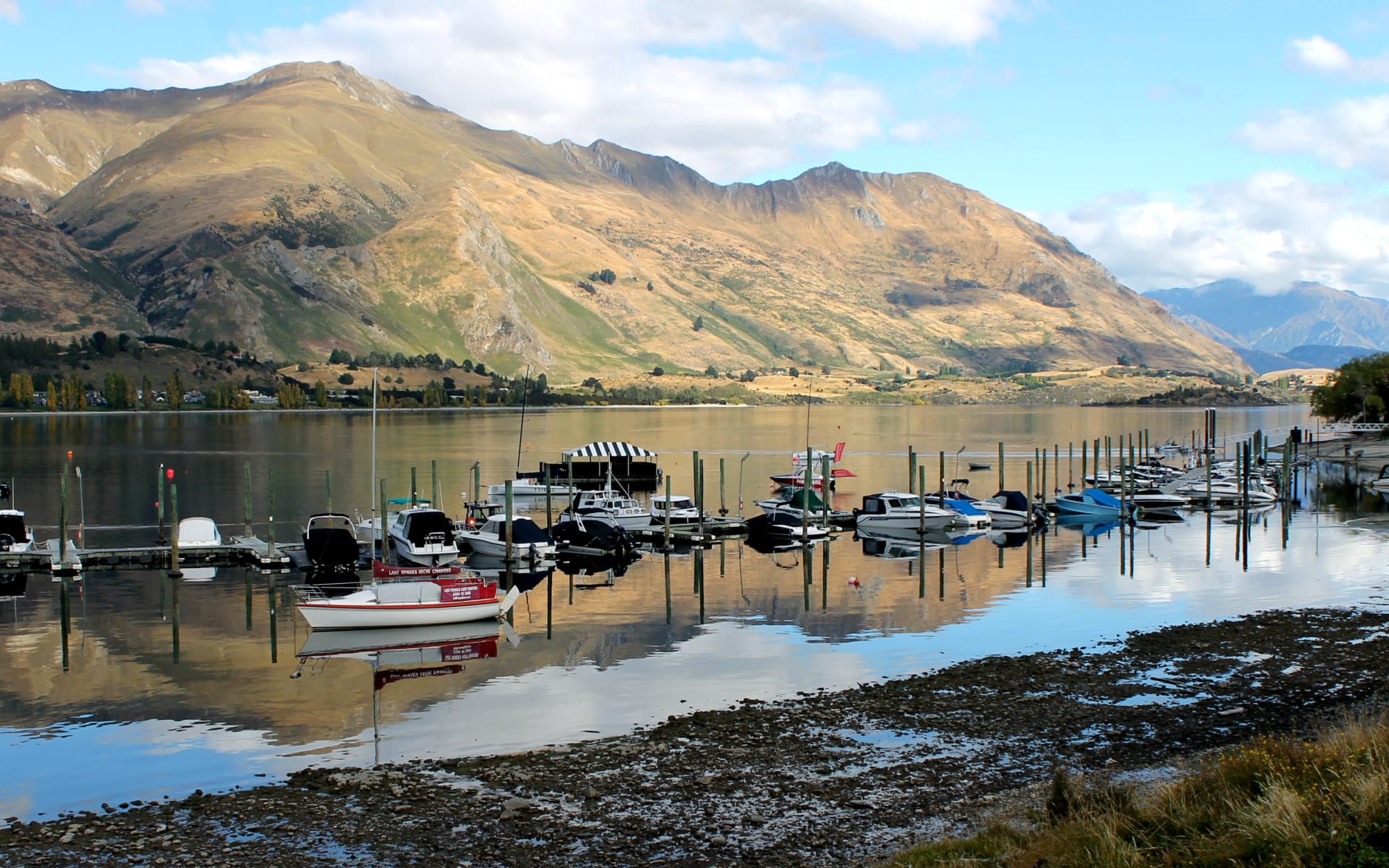As a population explosion engulfs Queenstown and Wanaka, local councils and water scientists are fighting a race against time to protect the Southern Lakes' pristine waters from urban run-off.
No time to read? Listen here instead
Wanaka is a township characterised by the arid Central Otago landscape - golden brown peaks stretching down to tawny plains surrounding a pristine, sparkling lake.
But its beauty and serenity is drawing new residents from northern climes - some of whom are planting sub-tropical gardens that require constant irrigation and fertilizing.
Lush, green lawns on brand new subdivisions now sit opposite tawny council grass street verges, and when it rains, fertilizer from those lawns could end up in Lake Wanaka.
In nearby big brother Queenstown, with jewel-in-the-crown Lake Wakatipu, tourists and residents battle it out in traffic jams that would frustrate even a hardened Auckland commuter.
Both towns are undergoing rapid urban development, with business parks, subdivisions and airport expansion projects underway.
Urban runoff: What's the problem?
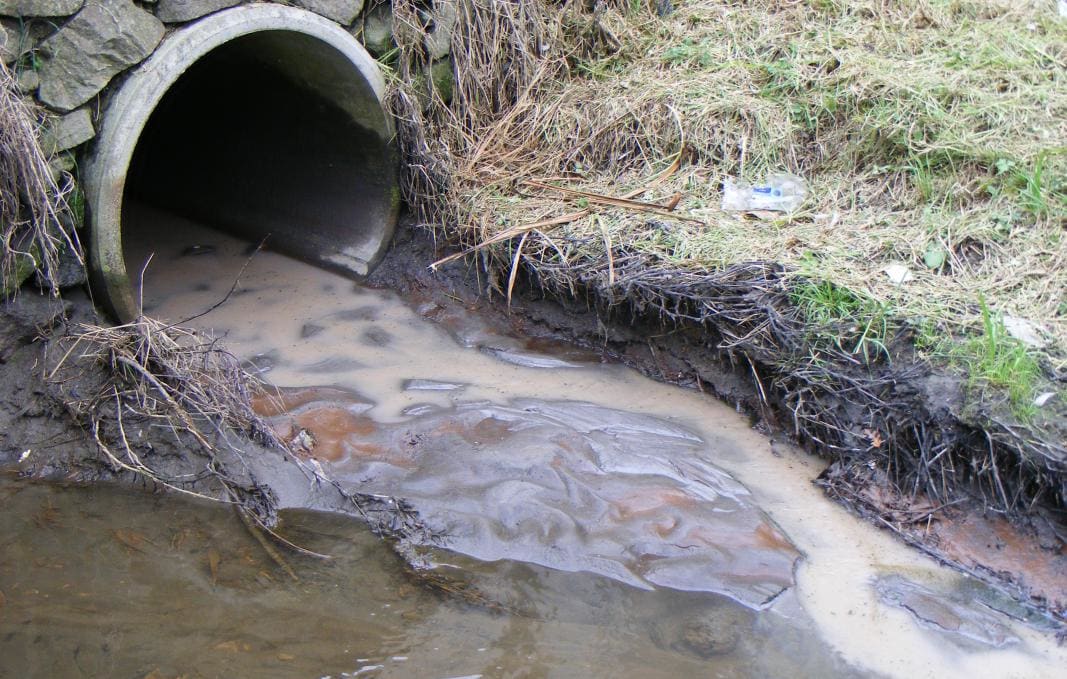
Photo: Supplied / NIWA
Runoff from our roads, roofs, lawns, and building projects all ends up, at some point, in water bodies.
It can contain heavy metals, car engine oil, E-coli from dog faeces, paint residue and loose sediment draining off building developments during a storm.
Local authorities are already battling the infiltration of a clean water algae known as lake snow, in both Lake Wakatipu and Wanaka, which clogs up fishing lines, boat intakes, dish washers and hotel drains.
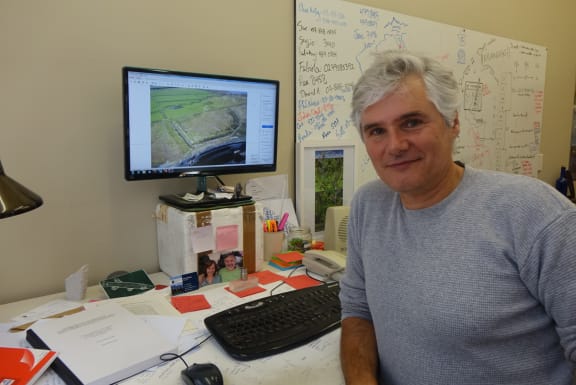
Dr Marc Schallenberg Photo: RNZ / Ian Telfer
Now they say it's time to manage urban runoff so it doesn't further damage the lakes.
The water quality of the Southern Lakes is high, according to Land, Air, Water Aotearoa data.
However Freshwater Sciences Society president Dr Marc Schallenberg said the district's rapid population growth was placing pressure on stormwater networks.
If large volumes of stormwater contaminants entered the lakes untreated, it could harm human and ecological health, he said.
"Wanaka and Queenstown both take their drinking water from the lakes. You could almost have a closed loop where the stormwater ends up contaminating the drinking water."
Otago Fish and Game chief executive Niall Watson said silt discharges from open land developments such as subdivisions was entering small streams during heavy rainfall, and was settling on the lake beds.
Mr Watson said the Queenstown Lakes District Council needed to enforce more comprehensive stormwater management.
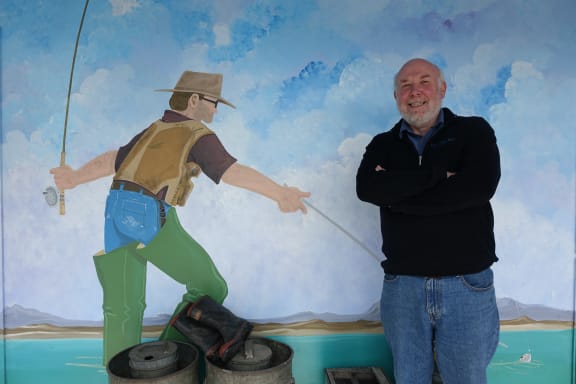
Niall Watson Photo: RNZ / Lydia Anderson
"The likes of Lake Wakatipu and Wanaka are very big and people assume that they can absorb a level of input of nutrients and contaminants without ill-effect.
"But I don't think that's a good way to operate and I've certainly heard concerns within the community about the change in the nature of the lake bed in some areas adjacent to stormwater discharges."
Mr Watson said stormwater as a water pollutant issue had been largely overlooked in the past few years as the focus on rural pollutants such as dairy runoff intensified.
Aquatic scientist Laurel Teirney, who lives in Wanaka, has seen the impact of subdivision silt discharges first-hand.
She said a during a heavy storm last October, silt from a bare subdivision next to Bullock Creek turned the creek brown - the first time she had seen it that colour.
Ms Teirney has also taken note of the lush lawns bordering the new subdivisions.
She enquired with a local gardening company about what was behind the trend, and was told Aucklanders moving into the district preferred sub-tropical gardens, so were laying lawns that needed to be watered every day.
"No one seems to be using the big lawns that are being planted - no one's lying on them or running on them or playing on them, they're just there."
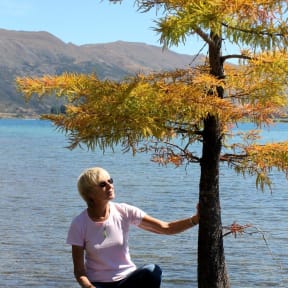
Laurel Teirney Photo: Supplied
Andrew Burns from Wanaka Landscape said he dealt with a lot of locals, as well as people with holiday homes, and did not see it as a case of just new residents moving in and wanting green lawns.
More residents were “taking pride in [their lawns] and have them looking nice”.
There were still plenty of old baches around with brown lawns, he said.
For new subdivisions, landscapers laid turf which needed to be irrigated.
If people were spending hundreds of thousands of dollars on a new house and section they wanted a nice lawn and garden, Mr Burns said.
Having a green lawn made it “a more usable living space” for families, instead of the old prickly, hard brown lawns.
The changes were taking place in residential Wanaka, not on the distinctive surrounding hillsides, so the overall look of the town had not changed, he said.

New residents have been opting for sub-tropical gardens, with lush grass lawns. Photo: RNZ / Lydia Anderson
Preserving the lakes: What's to be done?
Otago Regional Council's director of policy planning and resource management, Fraser McRae, said the council was upgrading the urban provisions of its water plan.
The upgrade would include a review of provisions governing industrial runoff from service stations, as well as roads, and the strategy would be completed by the end of this financial year.
Queenstown District Lakes Council's chief engineer Ulrich Glasner said the council would review its stormwater management plan, to tie in with the ORC's upgrade.
Resource consents team leader Quinn McIntyre said it was "absolutely" time to act to preserve the lakes' high water quality.
The QLDC would overhaul environmental management on new building developments this year, which would put the onus on site operators, instead of developers, to make sure sediment runoff and dust from their site was contained during storm events, he said.
The council had already adopted a low impact design subdivision stormwater code of practice in 2015, which made sure water was stored onsite for a period of time so it could be cleared of pollutants, he said.
Laurel Teirney said, in the case of Wanaka, she wanted to see a formal lake management plan put in place with input from the community.
"When you get community and agencies around the table it can be incredibly powerful," she said.
"It doesn't matter if you're a developer or a farmer or a swimmer, everyone is interested in helping."
Water Fools? is a unique RNZ series running on air and online, and examines the state of one of our most precious resources, water.
